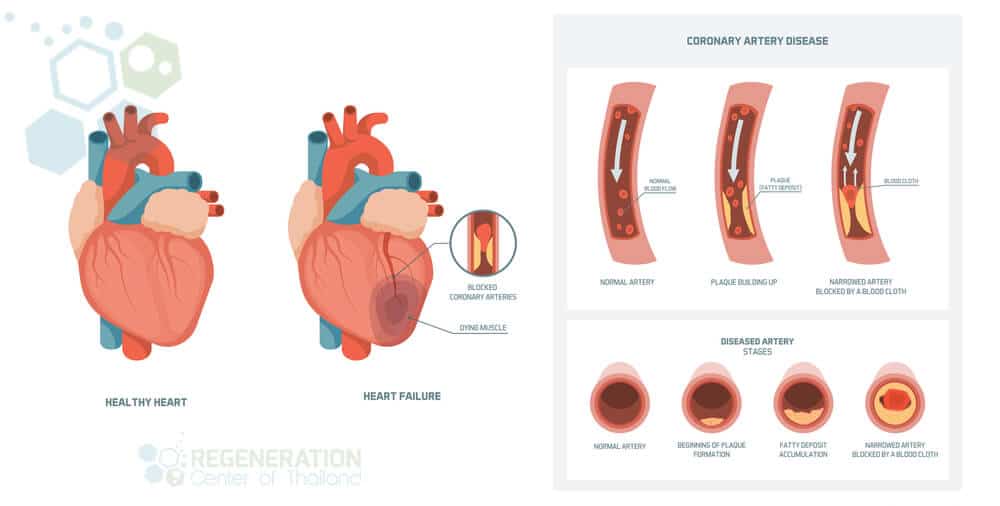Table of Contents
The writers keep in mind obstacles that stay, consisting of enhancing the engraftment success and cell survival. Since the ISCI and Miller School are leaders around, the authors additionally stress the requirement to standardize definitions and results steps in the area. "The Hare Lab continues to be at the center of introducing brand-new therapies in this critical medical domain.
Currently we are discovering just how to harness such stem cells to assist patients recover their very own broken hearts."The research is routed by the Cedars-Sinai Heart Institute, with the partnership of the Johns Hopkins University, where Dr. Marbn functioned before joining Cedars-Sinai in 2007. The 24 clients getting involved in the study have hearts that were harmed and scarred by heart strikes.

It takes around four weeks for the cells to increase to numbers enough for restorative use, approximately 10 to 25 million. In the 3rd and final action, the now-multiplied stem cells are reintroduced into the client's coronary arteries throughout a 2nd catheter procedure. All clients in the study had to have experienced cardiac arrest within 4 weeks before enrolling in the research project.
Later on this summer, it is anticipated that 12 more clients will go through treatments to obtain 25 million stem cells, while six additional clients will certainly be kept track of as controls. The very first client, Kenneth Milles, a 39-year-old controller for a tiny building business in the San Fernando Valley, experienced a cardiac arrest on May 10 because of a 99 percent clog in the left former coming down artery, a significant artery of the heart.
The procedure to grow the cardiac-derived stem cells entailed in the research study was developed by Marbn when he was on the faculty of Johns Hopkins College. The university has actually applied for a license on that intellectual building, and has actually accredited it to a firm in which Dr. Marbn has a financial rate of interest.

All funding was originated from the National Institutes of Health, the Donald W. Reynolds Foundation and Cedars-Sinai Medical Center. Marbn holds The Mark Siegel Family Structure Endowed Chair and Director of the Heart Institute.
Breakthroughs in stem cell therapy for Heart Disease explained
Stem cell therapy for heart failure has actually arised as a brand-new way to deal with and take care of the core of the condition.
Nevertheless, stem cell therapy can help to reduce signs and symptoms and improve the heart's pumping ability. This treatment utilizes the capability of stem cells to self-regenerate and self-heal. Following the admission of stem cell injections for coronary infarction, numerous systems come into play: Stem cells for cardiac arrest promote the formation of specialized heart muscle cells and restore harmed cells, improving the heart's pumping capability.
There are several types of stem cell therapy for cardiac arrest that have gained approval adhering to a good deal of research study. These are kinds of grown-up stem cells that are obtained from bone marrow, fat cells, and skin cells. They have cell regenerative and anti-inflammatory homes. These are the most common and well-researched sorts of stem cells.
These are obtained from embryos and have the pluripotent potential to transform right into any type of kind of cells, including heart ones. The primary problem with these cells is that, as they are extracted from embryos, they have lots of honest and legal limitations and are only made use of in details scenarios. for the factors discussed above.
Regenerative injections targeting Heart Failure with promising results
These cells originate in the heart and are well-suited to heart repair service. Clinical Consultant, Swiss Medica physician The application and treatment of stem cell treatment is composed of 5 steps: Individuals start with an online consultation with our clinical consultant and are after that evaluated by a cardiologist, who will obtain the essential medical history, carry out blood tests, and demand imaging studies to identify whether stem cell therapy for heart failure is a practical choice.
We carry out stem cells via painless stem cell injections for heart disease. An extremely educated physician will inject refined stem cells right into the bloodstream; the whole procedure takes less than an hour. After ending up the heart disease stem cell therapy procedures, our people will be kept track of for any type of issues and end results.
Navigation
Latest Posts
Can stem cells help with Arrhythmias — what the science says
Is stem cell therapy for Heart Disease and what patients are saying
Next-gen support for Peripheral Artery Disease now available